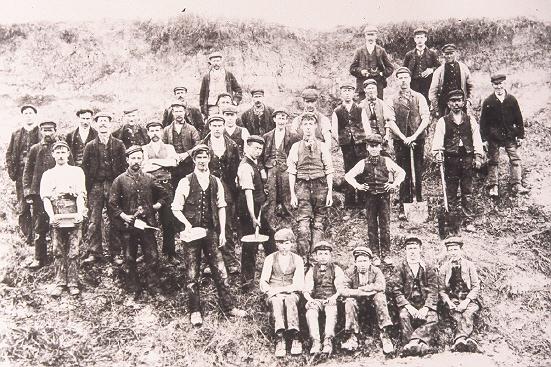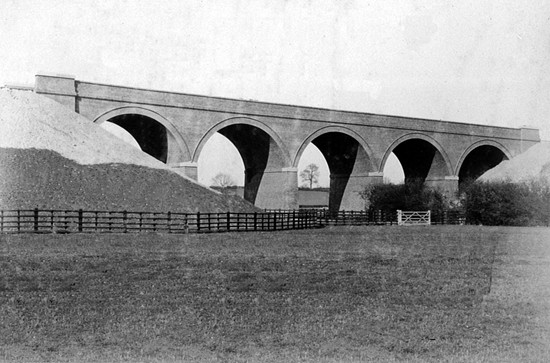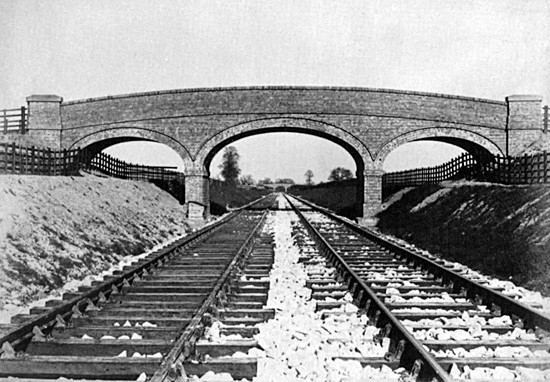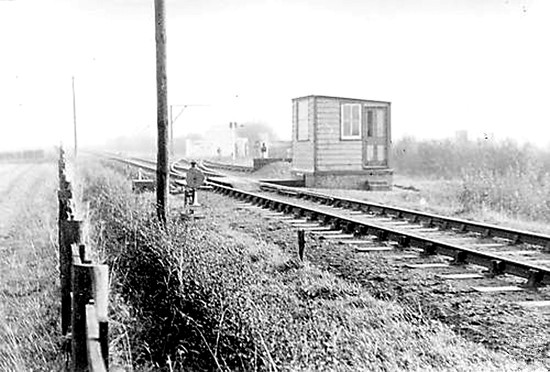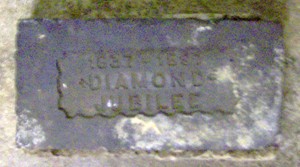|
Brick making
One of the thriving industries in Bourne during past times was brick making and several yards existed during the 19th century although all have now closed. The demand was created by house building and major construction projects in an area where stone was not readily available. The name "brick-pits" still survives on the western side of Bourne and there is written evidence of a brickyard in the manorial records. It was situated on land which in pre-enclosure days was part of West Field, lying to the north side of the Bourne to Stamford turnpike. It is mentioned several times in the first half of the 19th century and was adjoined by a cottage known as Brick Kiln House while another location where clay was obtained for brick making was located immediately to the north of what is now Stanley Street. One of the earliest known brick makers was Thomas Pilkington, a Scotsman who had settled in Bourne during the 18th century and was also a builder. His brickyard, also known as North Field, was situated to the north of the town and covered some 37 acres and employed eight men and eight boys. The largest of the yards operating during the 19th century
was the South Lincolnshire Brick and Tile Company opened in West
Road in 1891 by
Henry Kingston (1837-1910) who saw the opportunity to supply the Midland Railway Company which at that time was extending its line into Bourne. He bought a field at the foot of Stamford Hill to the west of the town after test bores revealed that it contained a clay
suitable for the manufacture of bricks. Preliminary firings were made in January 1891 and Kingston submitted specimens for inspection by the company's engineers who pronounced them excellent and agreed an immediate contract for the supply of a million bricks to be used on the project.
Red bricks for house building were also an important output from local yards and many such properties survive in the town although production fluctuated according to demand. The Stamford Mercury reported on Friday 11th November 1892: The trade in Bourne in red bricks, which at one time was considerable, has within the past two years been revived. Considerable activity is being displayed to keep pace with the increasing demand. The bricks being produced at this time can still be seen today because they were used for the construction of the villas in West Road between 1885 and 1890 and a revival of building other commercial and residential properties in and around the town centre. But the industry did not last and as production declined at the beginning of the 20th century, men were laid off and in 1907, the South Lincolnshire Brick and Tile Company went into liquidation. The land and property were put up for sale by a public auction held at the Nag's Head Hotel on Thursday 30th October, including 22½ acres of land, nine acres of which were used for the brickworks and the remainder let out to tenants. But there was still hope that the trade might revive and auctioneer Mr Arthur Saul said: "Although there has been a slump in the brick trade in recent years, I believe that the present undertaking could be obtained at such a price as would double in value for the vendor in a very few years. Modern machinery has cheapened the production of bricks which can still be manufactured at a profit." His optimism was unfounded and the entire undertaking which had cost £15,000 to buy and install was offered with a reserve of £2,500 but there were no bids and the business was subsequently withdrawn and disposed of later by private sale when the land and property were split up and dispersed, so ending the brick trade in Bourne.
See also William Kingston Thomas Pilkington Return to Trades and Occupations
Go to: Main Index Villages Index
|
